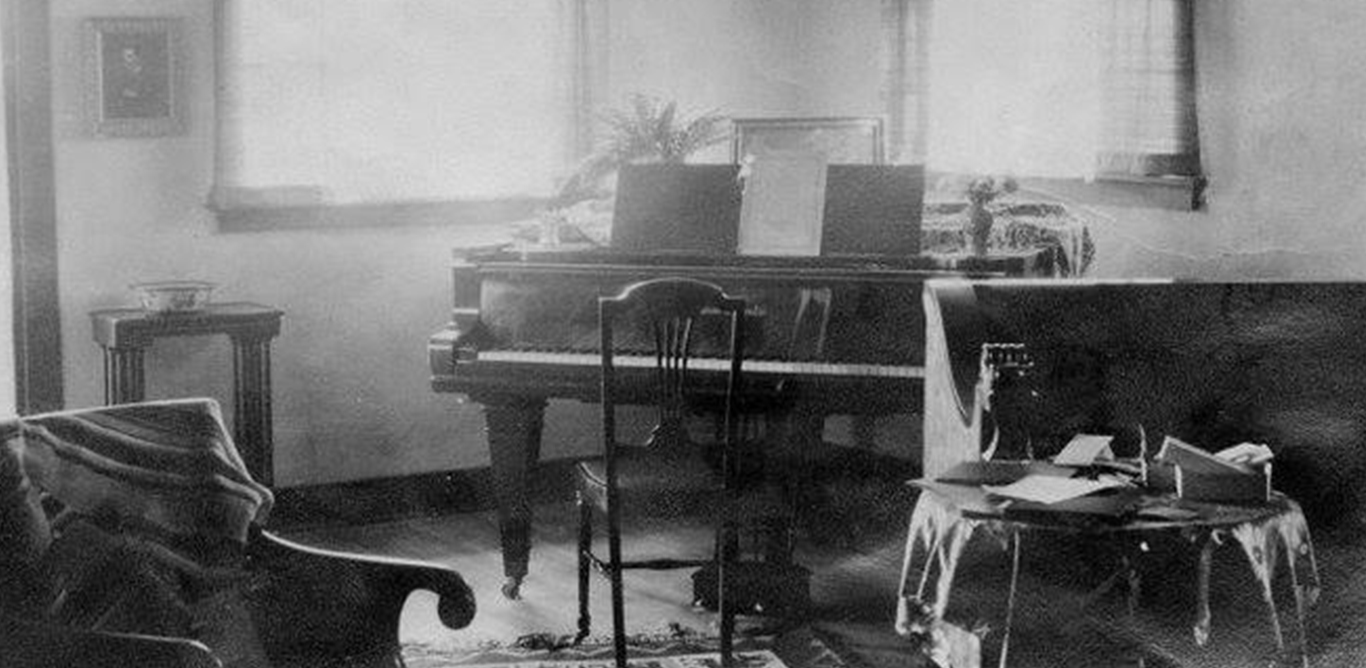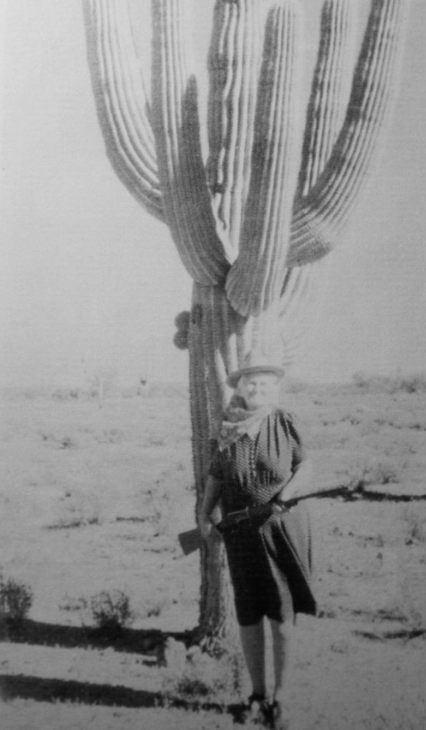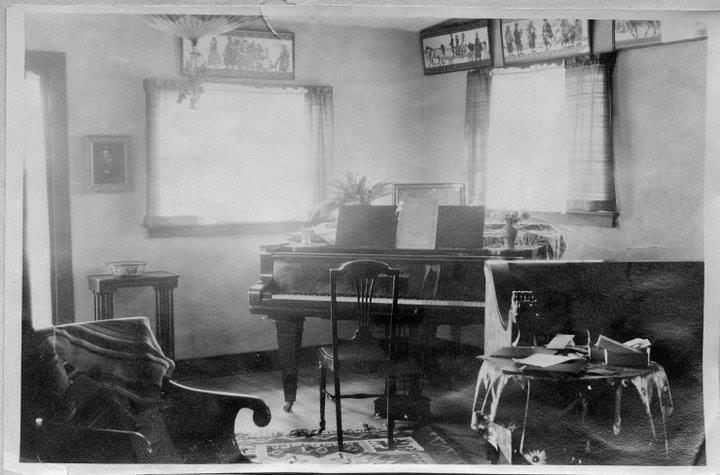

Anna Stattelman was born in Bavaria and came to Tucson in 1892.
In 1898, as a single woman at the age of 26, she homesteaded 158 acres north of the University of Arizona. In 1899 she married Frank T. Lester, who had been superintendent of mining operations at Bisbee and Mammoth in the 1880s and 1890s.
By 1903 she had a 32-foot by 32-foot adobe house built, plus five chicken houses, a barn, well, windmill, water tank, and had 10 acres fenced, with all improvements valued at $1,500.


Only seven months after she received her patent, Anna Lester filed her first plat for the Monterey Addition. The initial subdivision was only 40 acres in the southwest quarter of her homestead, but the Monterey Addition would eventually include all 158 acres of her land.
Fourteen blocks were laid out but there were no individual residential lots; before 1913 all land sales were recorded with metes and bounds descriptions which generally created lots 40 or 80 feet wide and 150 feet deep. Block 5 was a 1.78-acre parcel reserved primarily for Frank and Anna Lester’s existing home on what was to become Linden Street, and a planned new residence that would face Lester Street.
In 1913 Anna Lester filed a second plat for the Monterey Addition that subdivided the northeast quarter of her homestead. Land sales were slow but steady.
Many buyers were apparently speculators, as many bought ten or more lots; Ernest Upshaw bought two whole blocks and most of two other blocks in the early 1920s. Enough lots were sold to finance a new home for the Lesters, a large 2½-story bungalow at 1177 East Lester Street. However, by 1920 there were only ten houses in the area, including the Lesters’ new house on Lester Street. This marked the beginning of residential construction in the area. Eleven new houses were built in 1925. The Monterey Addition plat was resurveyed in 1923 to correct an error in the alignment of streets with those to the south, but the new map was not recorded until 1925.
(excerpted from Jefferson Park NA history)
The story continues when Sidney -- a professor of English at the University of Arizona whose first wife had died during the 1918 influenza epidemic -- was remarried to Marylka, a woman he met while vacationing in California that following summer, 1919.
After they married in 1920, they rented the original house from Mrs. Lester. By then, more rooms had been added to the house by the Lesters.
Because the new couple's wedding gift from Marylka's parents was a concert grand piano, Mrs. Lester again added on to the house by pushing out the front room to accommodate the piano!

That piano remained in that place until Marylka died in 1966. Generations of Tucson piano students learned to play on that same piano. One of them was the granddaughter of the Murpheys, builders of St. Philip's in the Hills and many other places in Tucson.
Marylka was also a well-known artist -- etchings, oils, and floral watercolors (swipe above to see photos).
The couple had a son, born in 1921, and a daughter in 1923. At one point, the family bought the house from Mrs. Lester and added more rooms, including a bathroom.
Sidney, by then chair of the English department, died in December 1944. Marylka continued living in the house, painting and teaching piano until her death in 1966. She was also known for her rose garden.
At about the time Sidney died, the last addition to the house was built — a bedroom, bathroom, and large art studio designed by Josias Joesler and likely built by the Murphey team, adding historical architectural value.